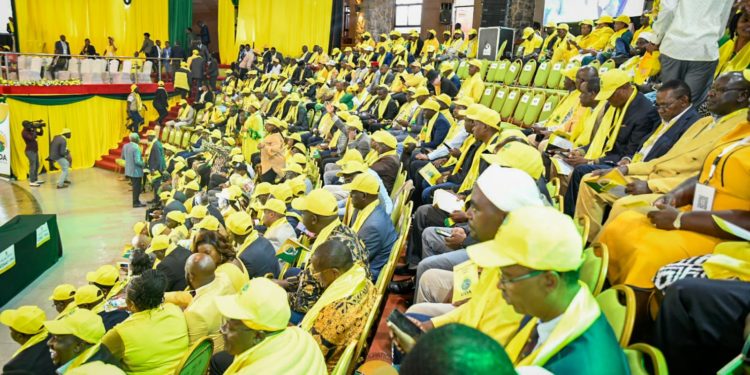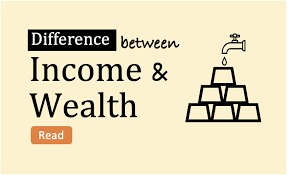Out of the nine regions, UDA is most popular in five, including Lower Eastern with 27%, Central Rift with 49%, Northern Kenya with 33%, Mt. Kenya with 40%, and South Rift with a 41% popularity rate.
“Those who declined to express support for any party now constitute a plurality (33%), indicating a continuing decline in the confidence that the political class writ large is currently enjoying among Kenyans,” TIFA noted.
However, ODM is the most popular party in the remaining regions, which include Nyanza with 46%, the coastal region with 31%, Nairobi with 25%, and Western with a 28% popularity rate.
Jubilee was ranked the third-most popular party in Kenya with a 4% popularity rate, followed by Chama cha Mashinani with a 2% popularity rate.
KANU, Ford Kenya, and the Wiper Democratic Movement each have 1% support from Kenyans, while other parties have 2% support.
TIFA notes that over the last two and a half years, there have been several major shifts in the distribution of political party support, the most notable being the rise of UDA.
“Over the last two and a half years, there have been several major shifts in the distribution of political party support, the most notable being the rise of UDA and the erratic rise and fall of those either undecided or declining to identify with any party. However, most recently, since June, there has been a slight narrowing of the gap between UDA and ODM (from 16% to 9%), evidently a consequence of the increasing despondency among many Kenyans about the rising cost of living,” TIFA added.
58% of Kenyans currently lack the conviction that there is any political party that “honestly or genuinely” has the interests of people at heart. This view is more portrayed by Kenya Kwanza supporters than by those of the Azimio opposition.


















